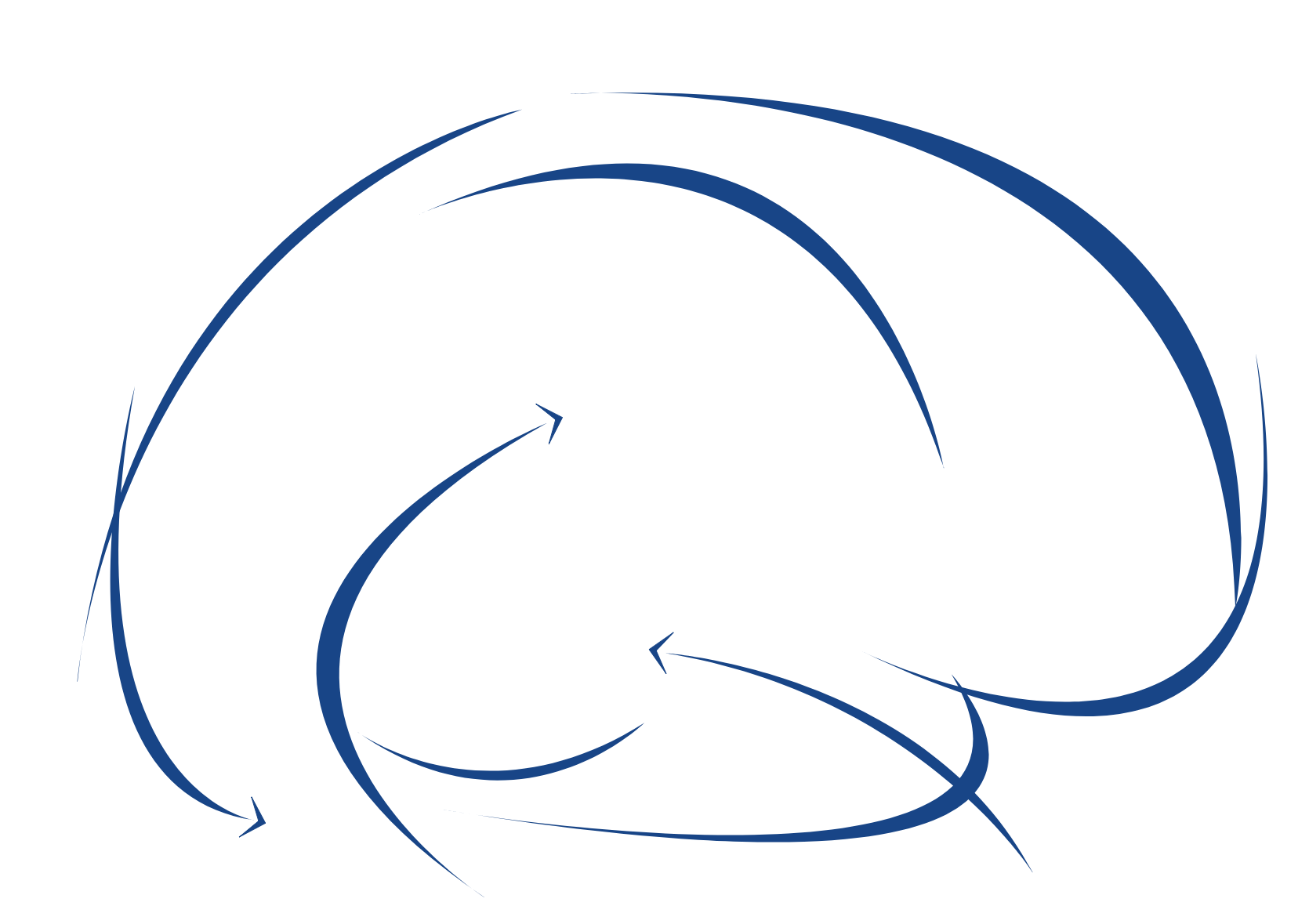Véronique Boulenger | ''Brain oscillations during natural speech perception: the case of speech rate variations''
French National Centre for Scientific Research | CNRS
Laboratoire Dynamique du Langage, Lyon
Abstract: Oscillation-based models of speech perception suggest a close correspondence between speech rhythm and cortical oscillations: neural oscillations would synchronize to the quasi-regular temporal cues in speech across multiple timescales, therefore facilitating the partitioning of the acoustic stream into relevant linguistic units crucial for language comprehension (Ghitza, 2011; Giraud & Poeppel, 2012; Peelle & Davis, 2012; Poeppel, 2003). EEG/MEG studies have convincingly demonstrated coupling between auditory cortical oscillations and slow modulations in the temporal envelope of speech in the theta band (e.g., Ahissar et al., 2001; Gross et al., 2013; Luo & Poeppel, 2007; Peelle et al., 2013), namely in a frequency range which coincides with the average syllabic rate of speakers across languages (Pellegrino et al., 2011). Here I will present some MEG data in adults as well as in typically-developing children (8-13 years old) showing changes in the properties of cortico-acoustic coupling when natural speech perception shifts from normal to fast syllabic rate (with natural or artificial acceleration). Source-level coherence analyses indeed revealed entrainment of neuronal oscillations that followed the changes in speech envelope (though in adults only) as well as in fundamental frequency (both in adults and children) with increasing speech rate. Children data furthermore showed alignment of theta oscillatory activity in left (pre)motor regions when speech was naturally accelerated. I will discuss these findings in light of multi-time resolution models of speech perception as well as the role of the motor system in speech perception.
For any question, feel free to contact:
Benjamin Morillon (bnmorillon@gmail.com) or Adam Williamson (adam.WILLIAMSON@univ-amu.fr)
